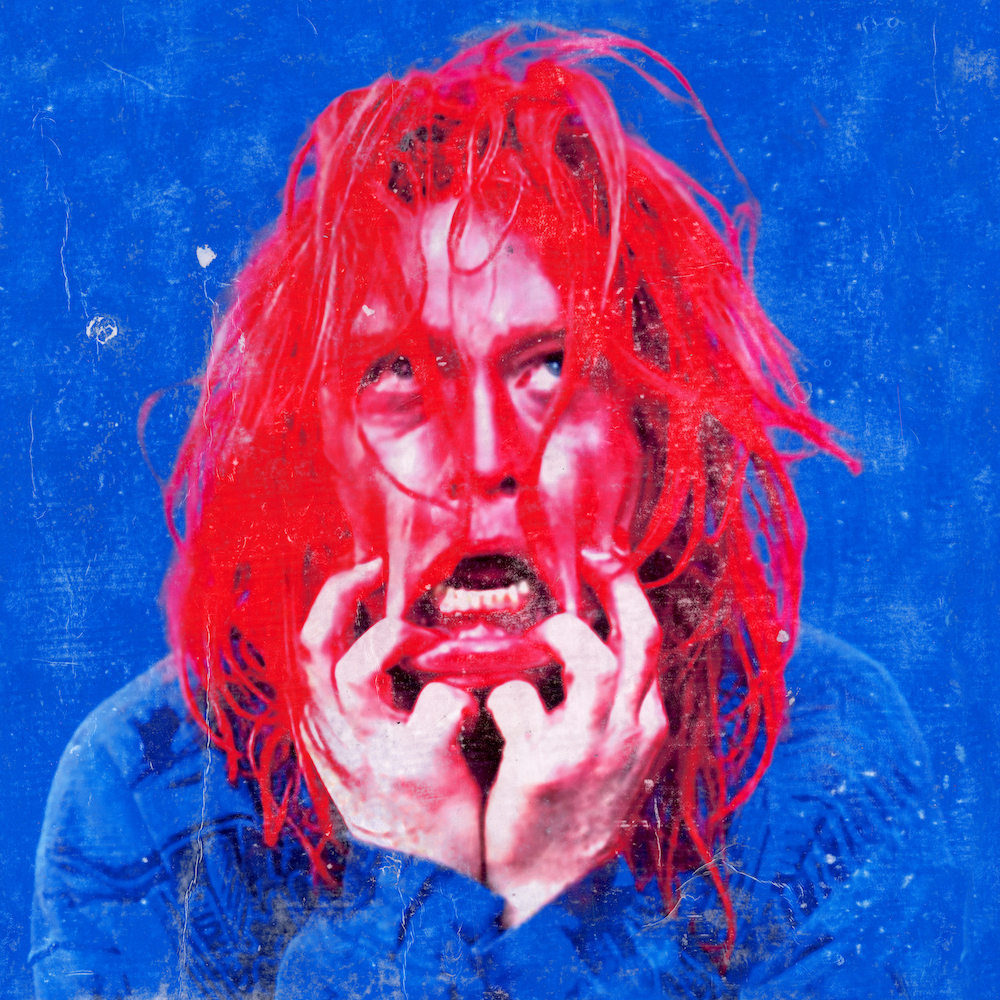
CALEB LANDRY JONES unveils new single
Caleb Landry Jones will release his new album, ‘Gadzooks Vol. 1’, this Friday via Sacred Bones. Today, he unveils a new single, “Yesterday Will Come,” and an accompanying visualizer made by Jacqueline Castel.
Best known as an actor (Get Out, Twin Peaks, Best Actor at Cannes 2021 for his role in Nitram), Caleb Landry Jones‘ ‘Gadzooks Vol. 1’ is thrilling, shocking, and wonderfully entertaining. Each song starts and finishes in entirely unique places, often totally divorced from each other. Its sounds range from spider-like wisps of neo-psychedelia through to vast swathes of synthetic chords.
A bulk of the album was constructed off the cuff in the studio, but the album’s more gentle moment “Yesterday Will Come“ is one of the three songs that are re-recordings from an unreleased album created in 2015. In “Yesterday Will Come,” Jones’ vocal line is mantralike, half-laughing itself into ego death atop strings and horns arranged by Drew Erickson. “I didn’t realize how repetitive the lyrics were until I was playing it for my mom in the studio where she then pointed out the fact,” comments Jones.
The accompanying visualizer is in-step with the aesthetics of previously released singles, “Bogie“ and “The Loon.” Together, Castel and Jones present off-kilter visuals, with Jones acting as the unnerving figure.
Just a few months after recording ‘The Mother Stone’, ‘Gadzooks Vol. 1′ was written in Albuquerque, New Mexico while filming the dystopian themed film, Finch, alongside Tom Hanks. “I stole from what was around me, what fell out of the television, what passed below my windows, relationships, old and new. My frustrations, desires, day dreams and fears scattered themselves throughout my writing,” says Caleb. “It is a direct response to the album before it. I felt whatever I wrote next needed to be more consistent. I knew that I wanted to put everything down on tape. I wanted the same players as before but to go further.” He’d idle away his hours on location by focusing on creativity, and when filming stopped, Caleb knew he had to get straight back into the studio.
Caleb would soon link with the same cast who formed The Mother Stone, including producer Nic Jodoin, based out of the elegant Valentine Recording Studio in Los Angeles. Together, they would work 18-hour days, bringing Caleb’s vision into focus. Recording to tape, Caleb would hack away at each take, reassembling the songs like Escher diagrams. “It’s like when you’re swimming in the pool and you’re doing a bit of butterfly, and then that gets old after a while. So then you start doing breaststroke, and then that gets old after a while. I think it’s just a reaction from the place where we were before.”
Part of a flood-tide of creativity – as its title suggests, a second half to this album is already on the horizon.
